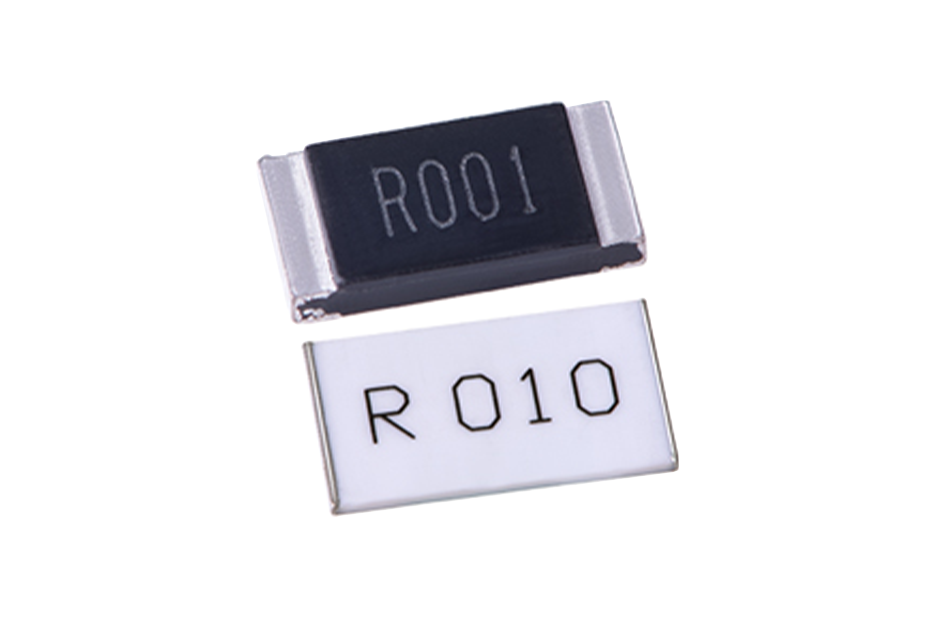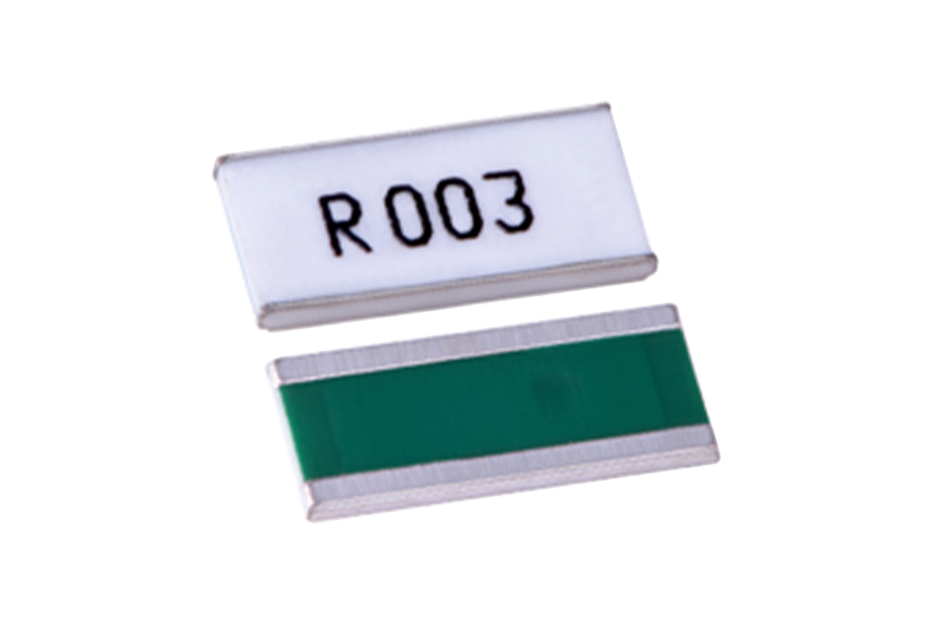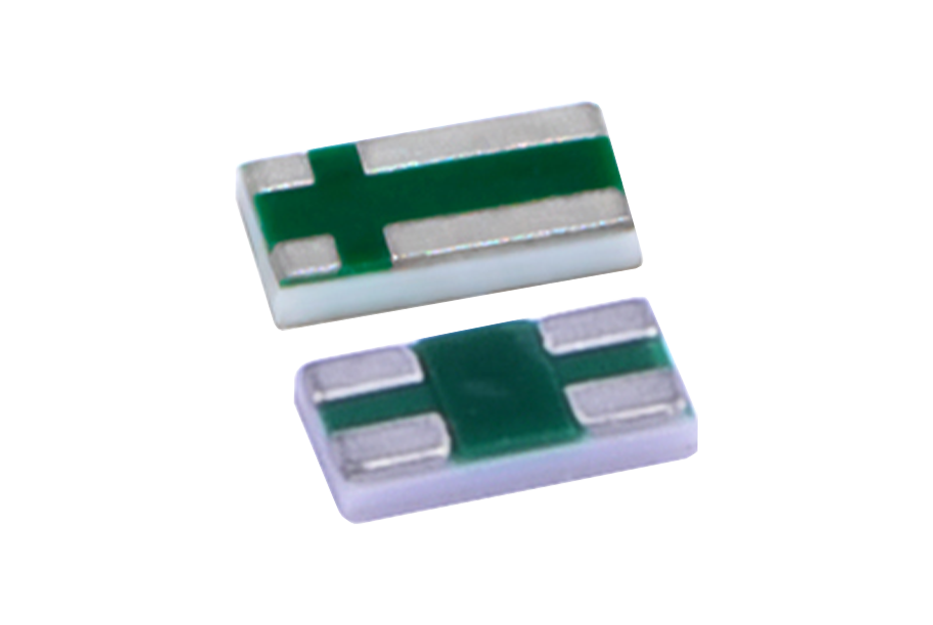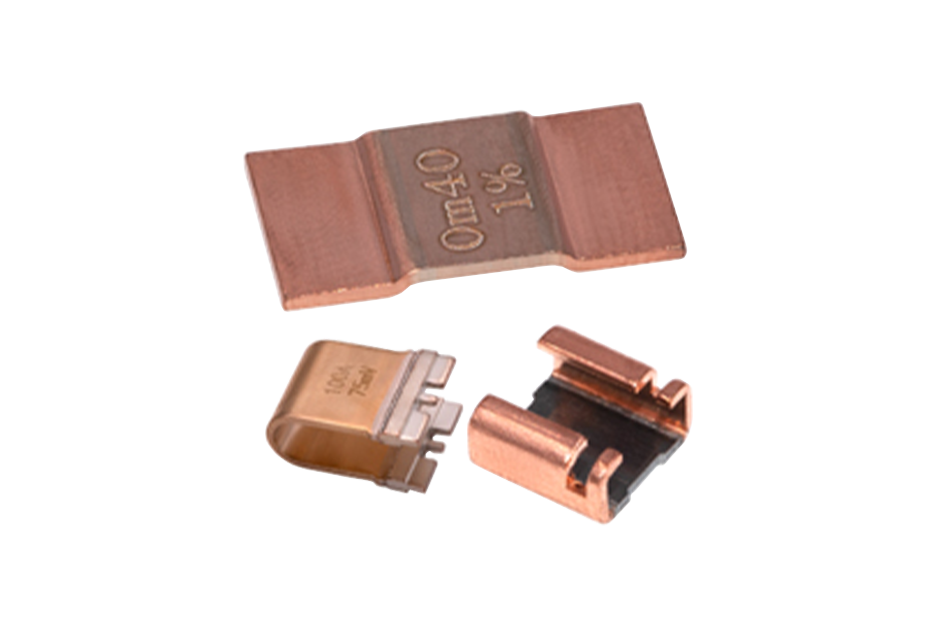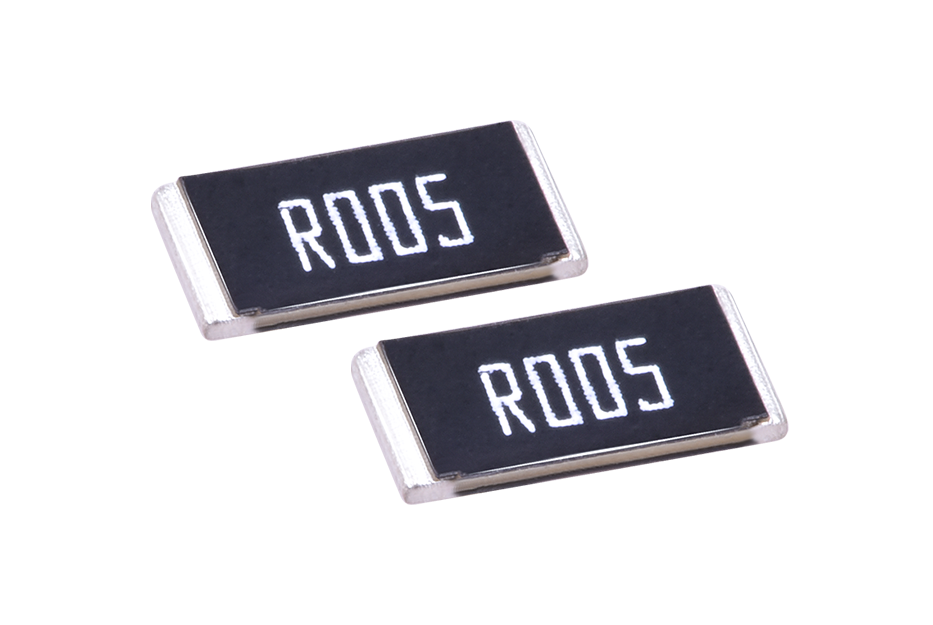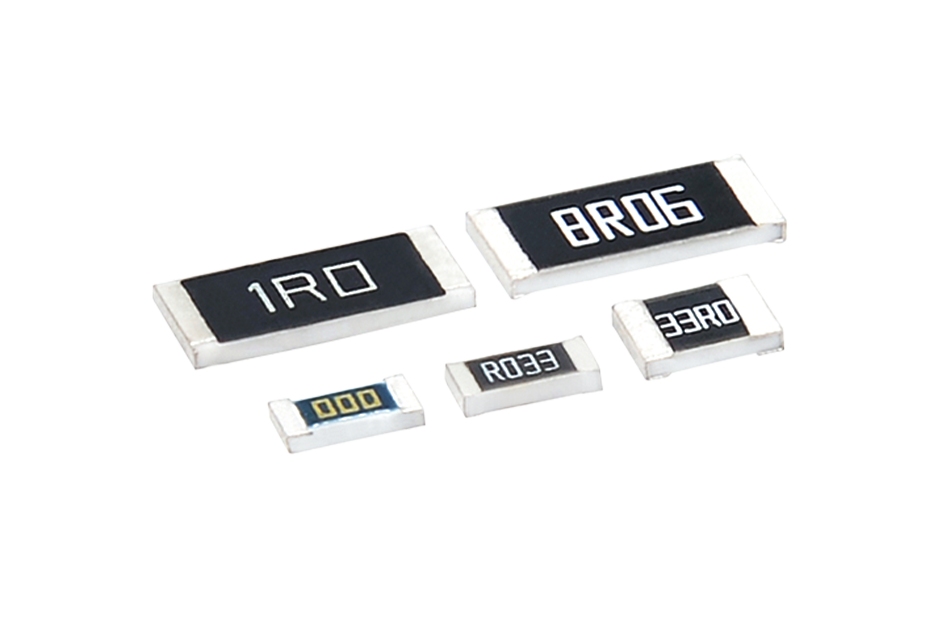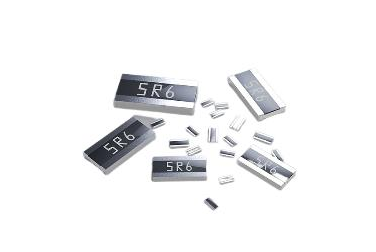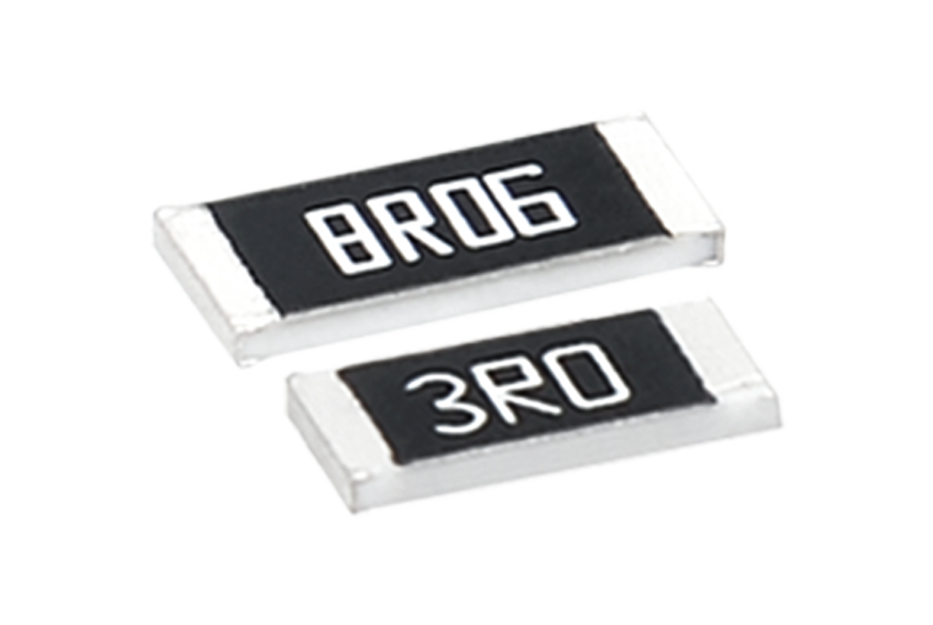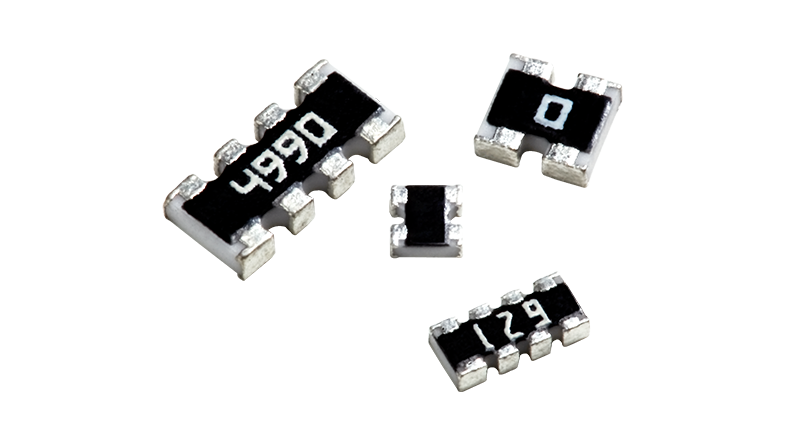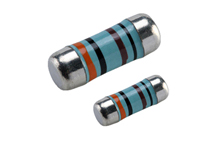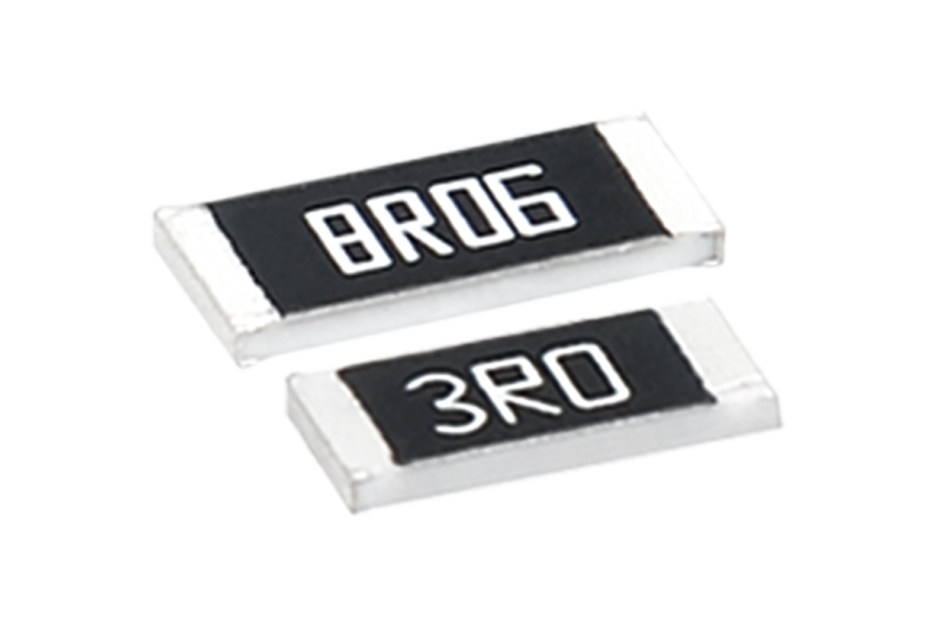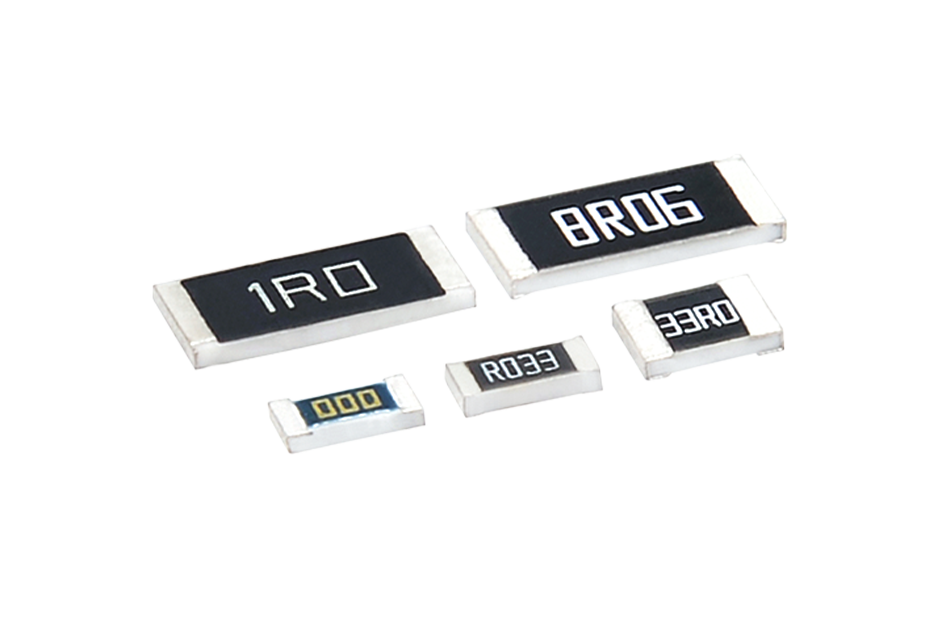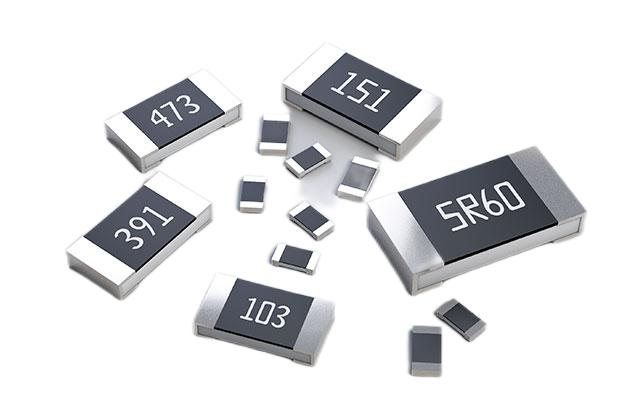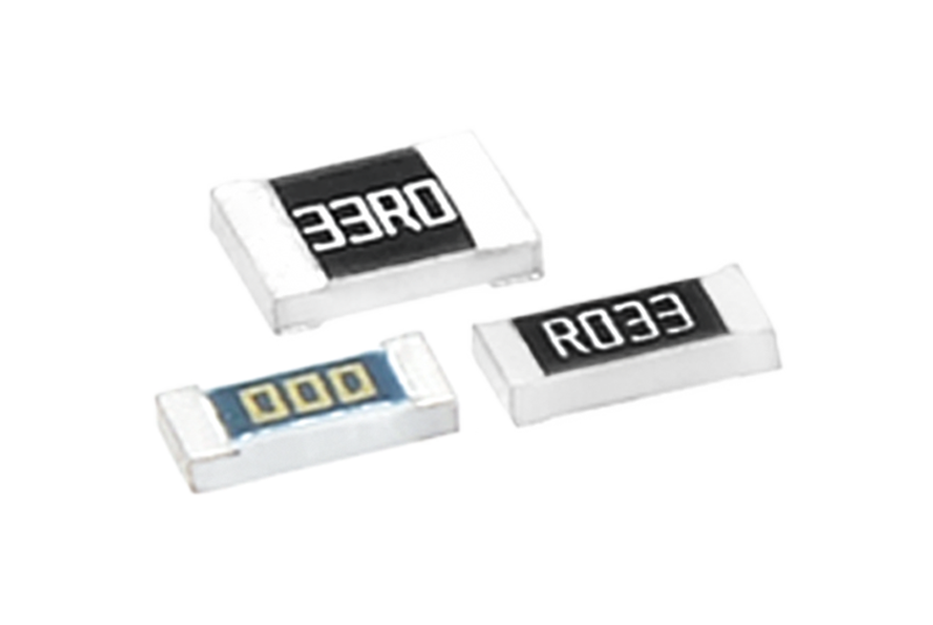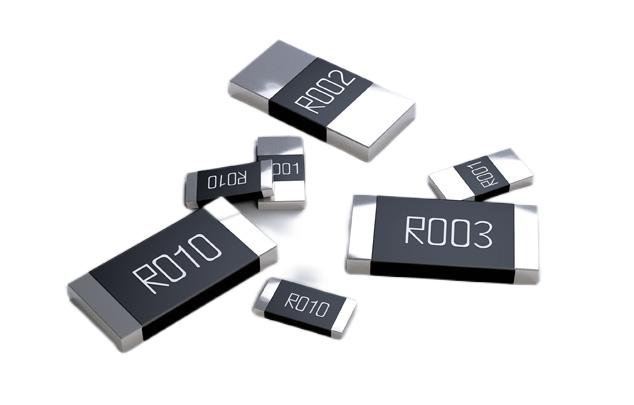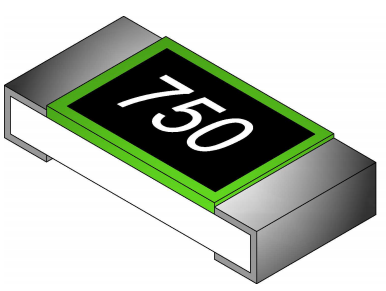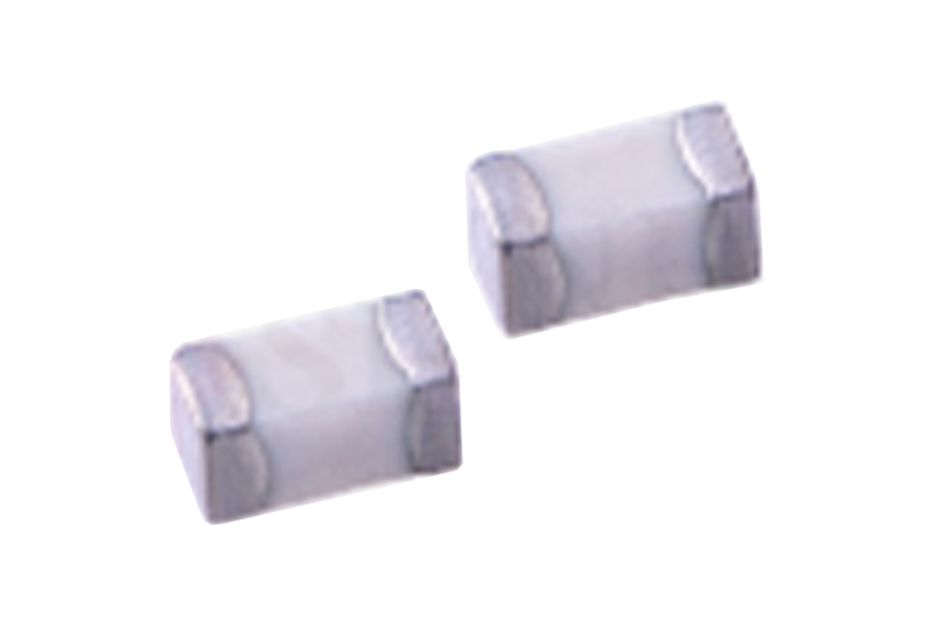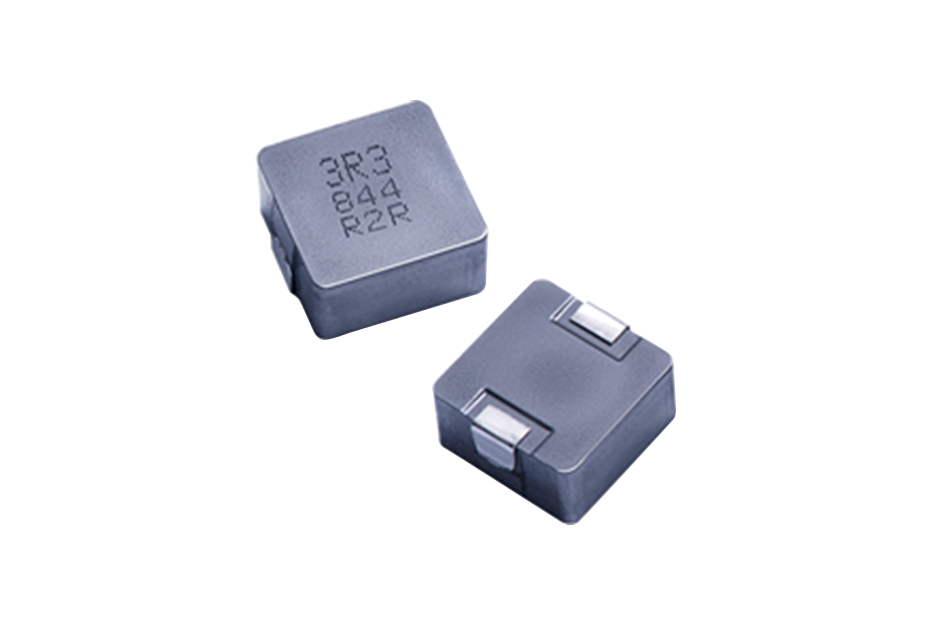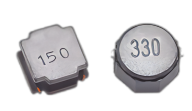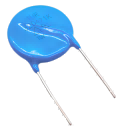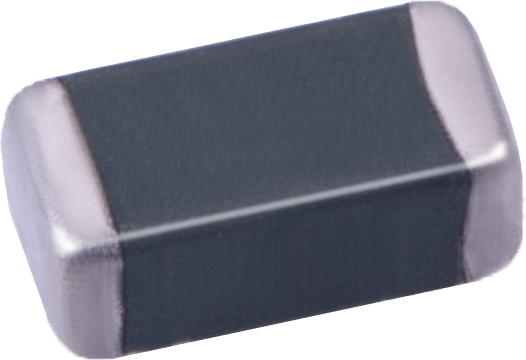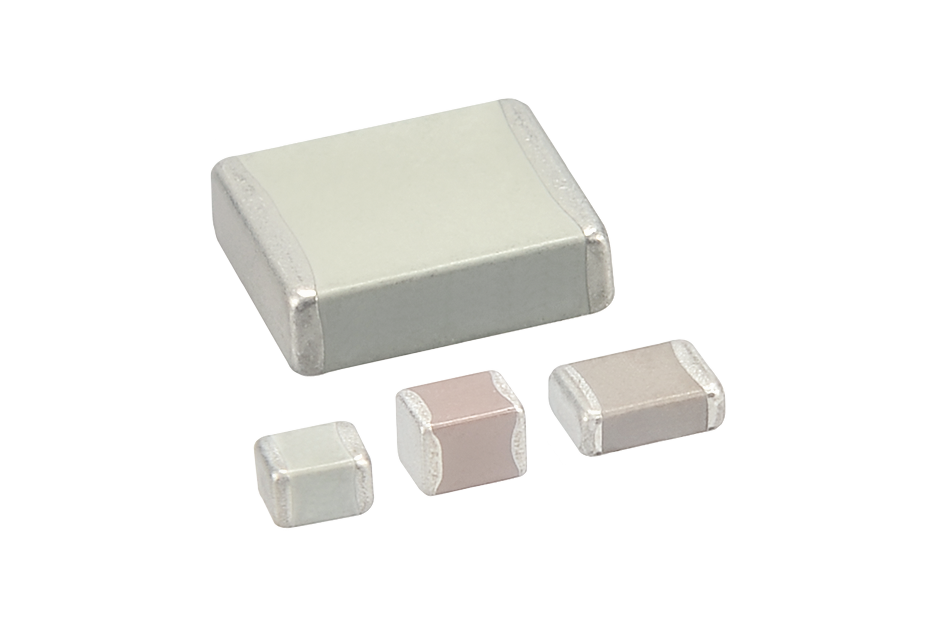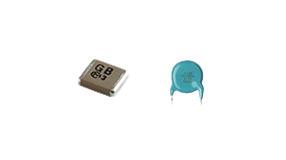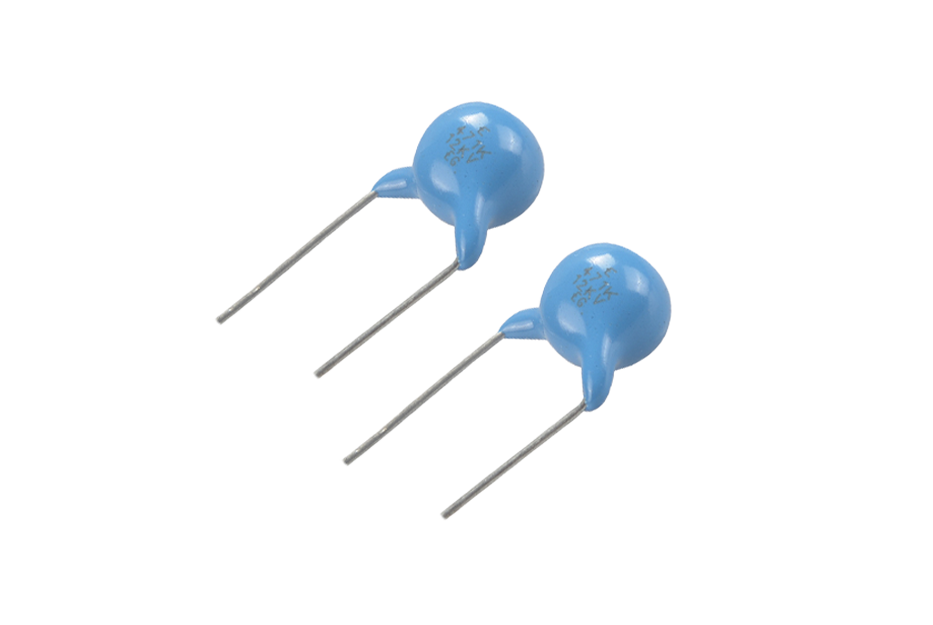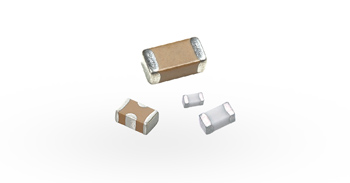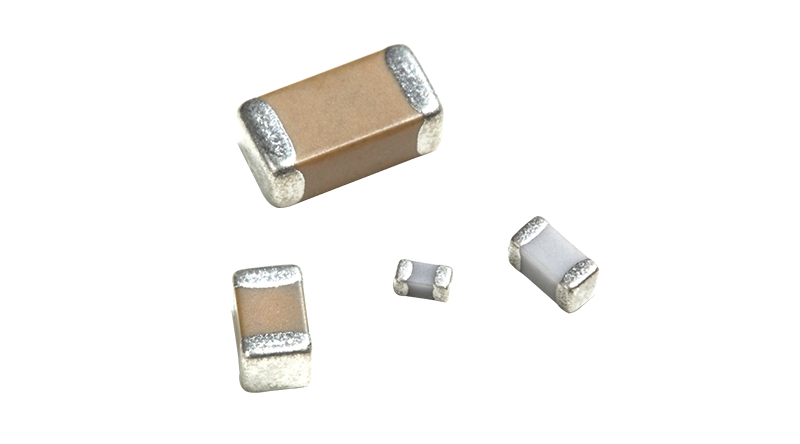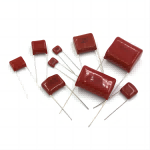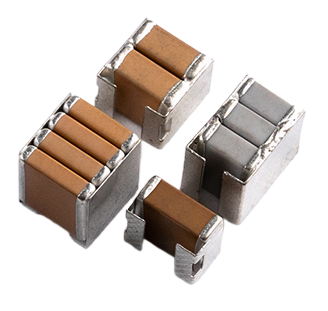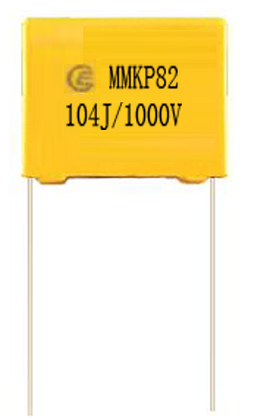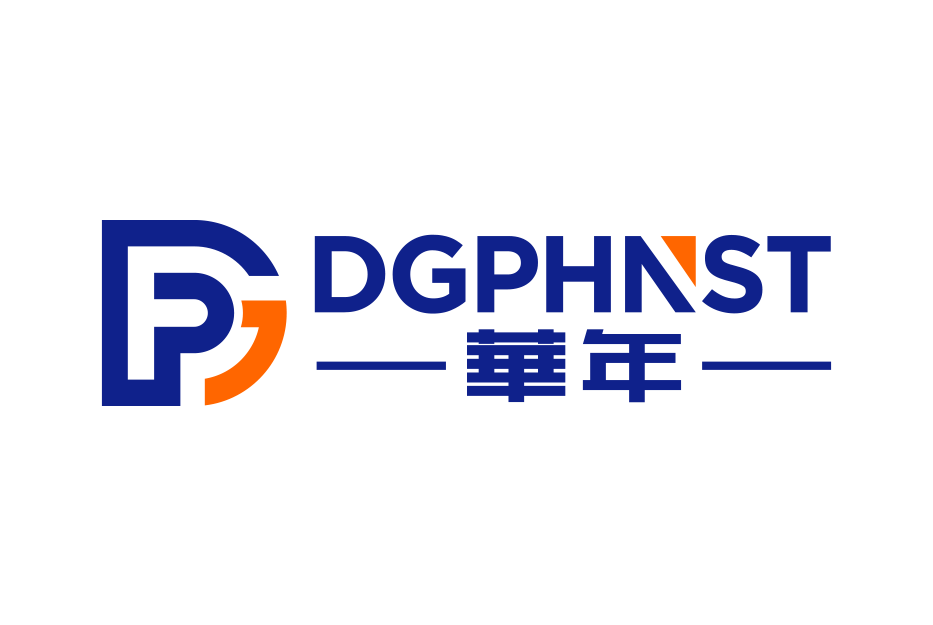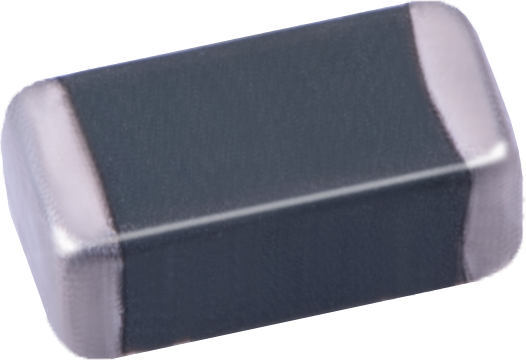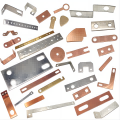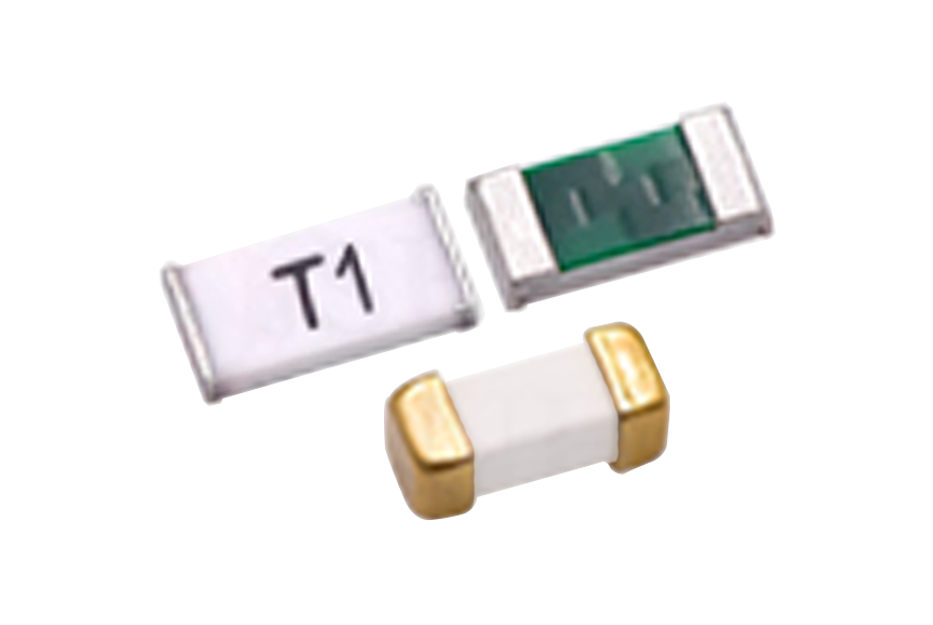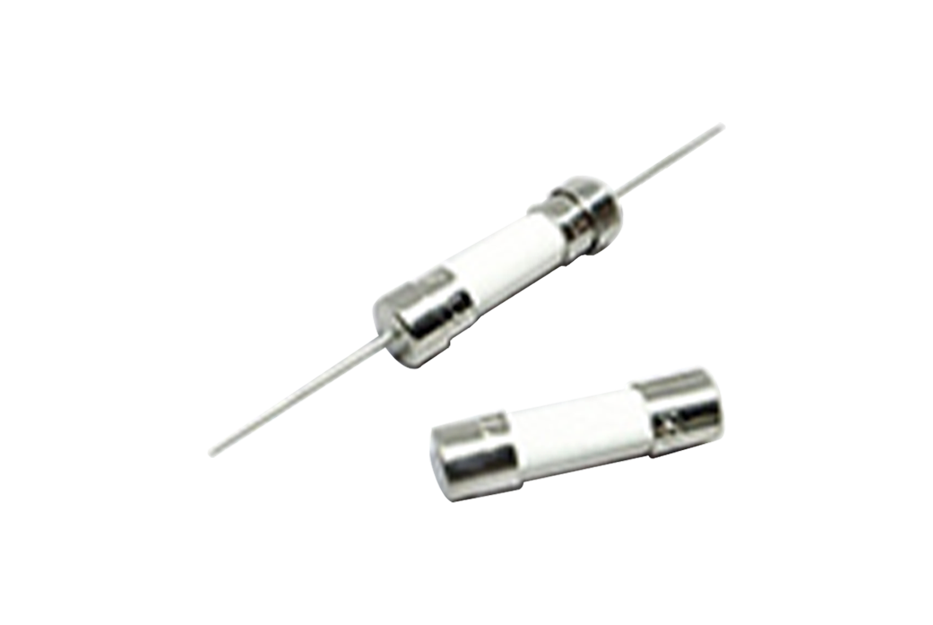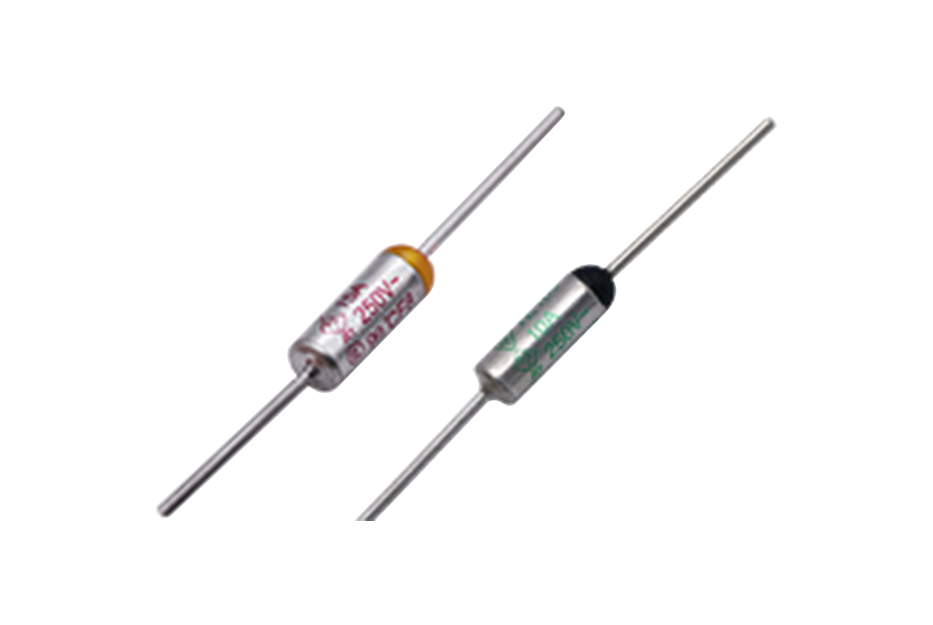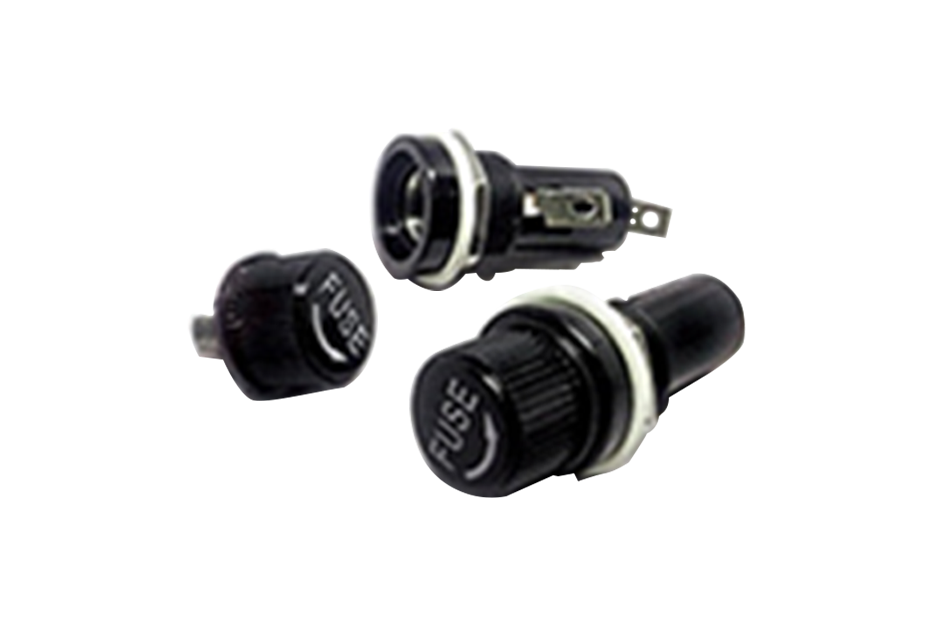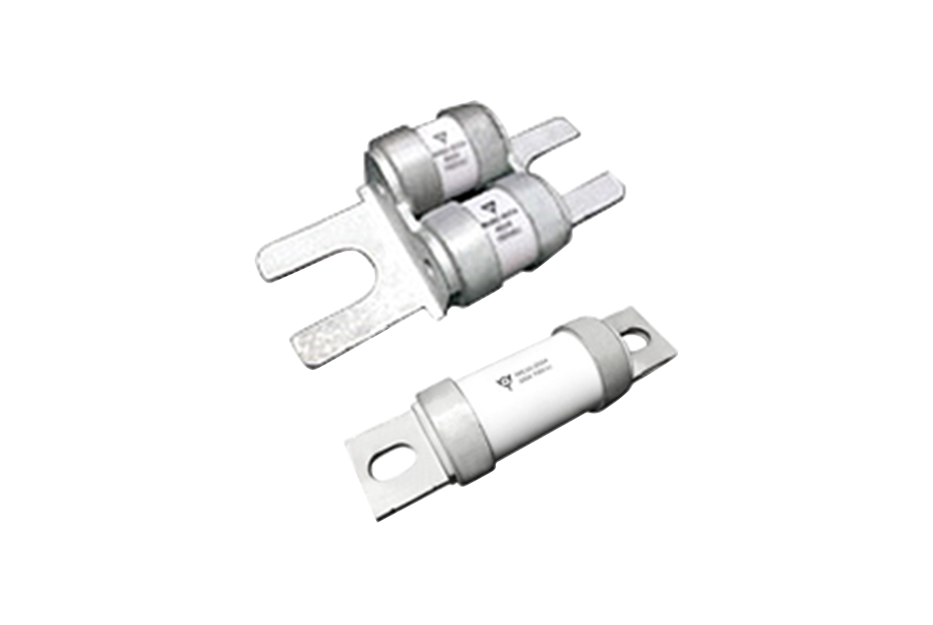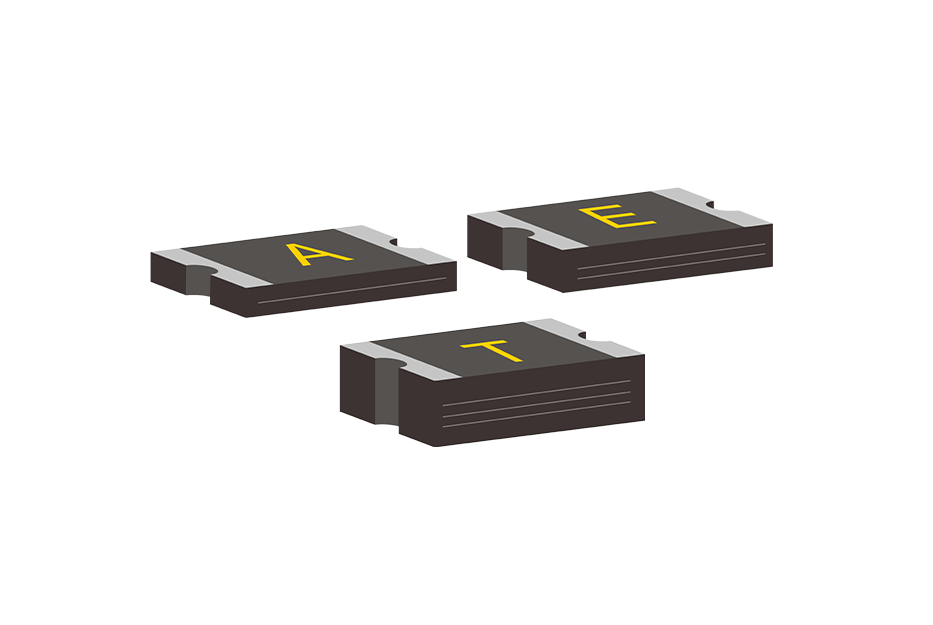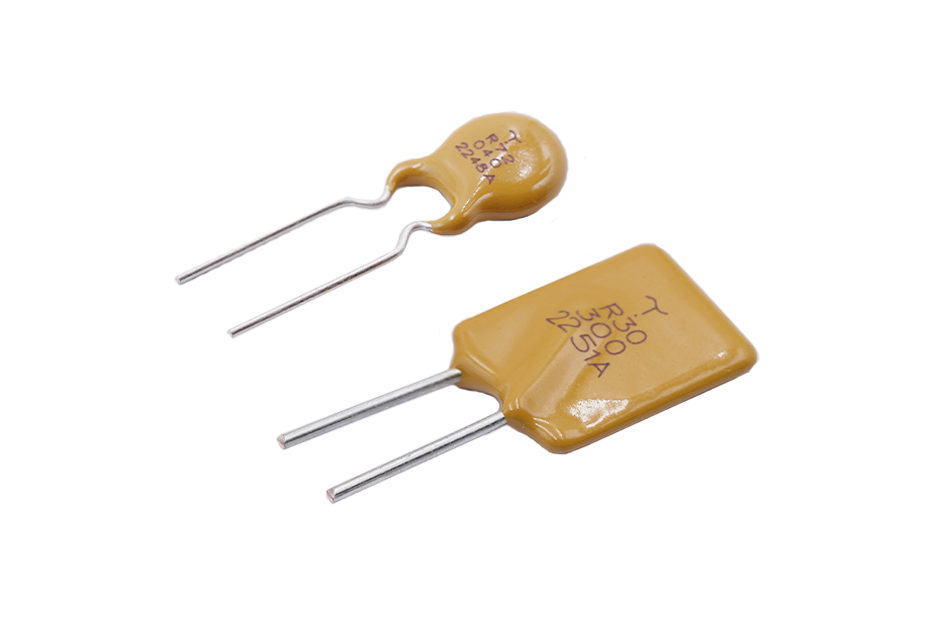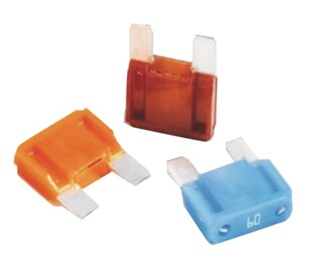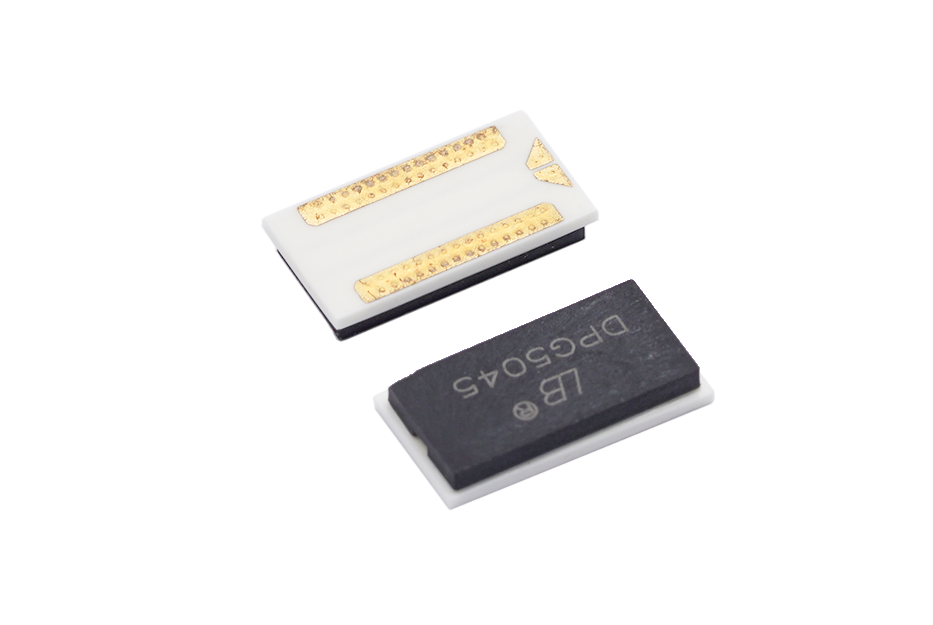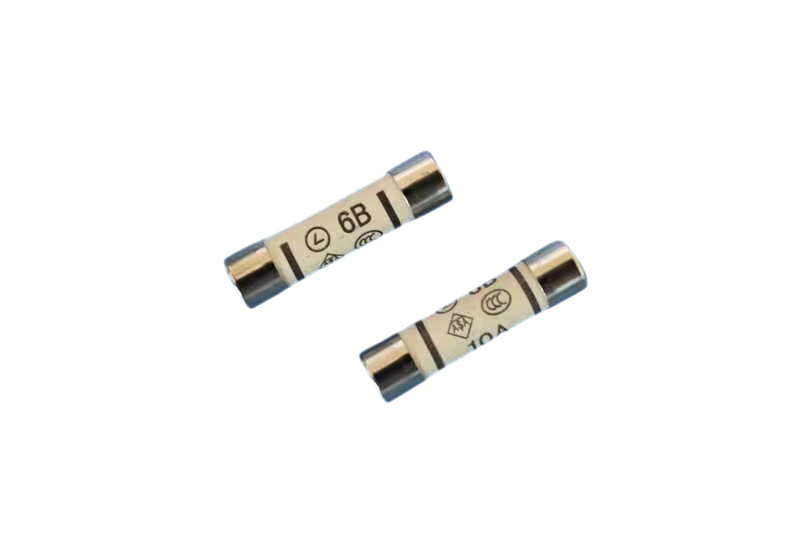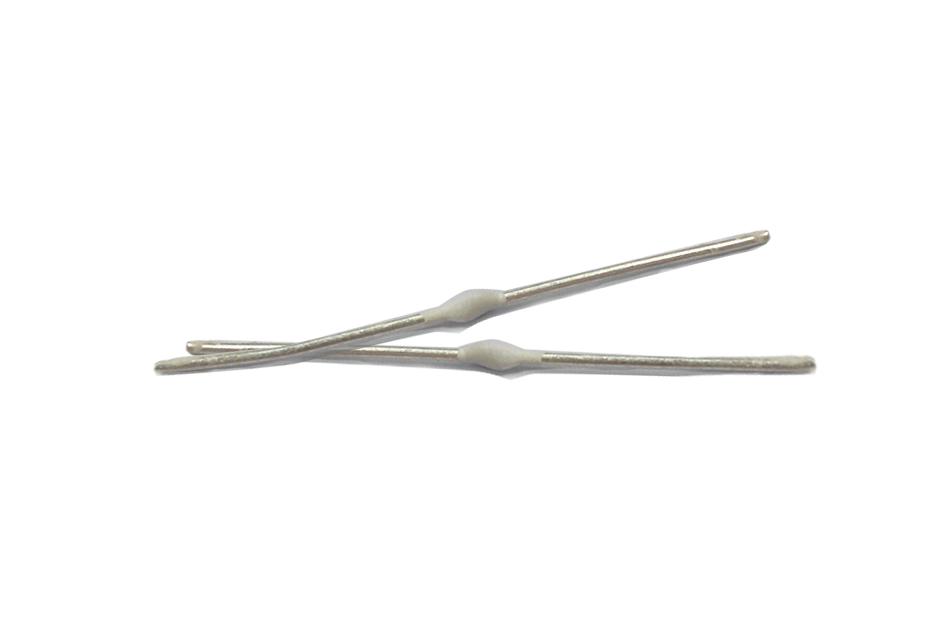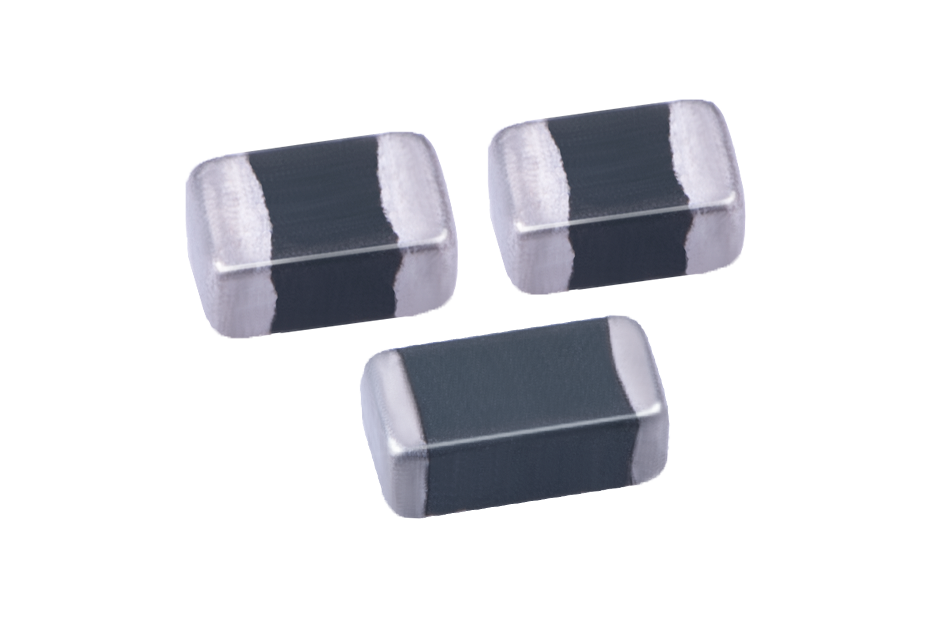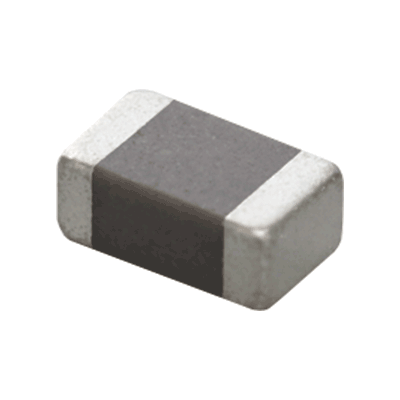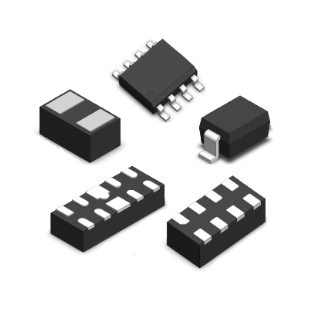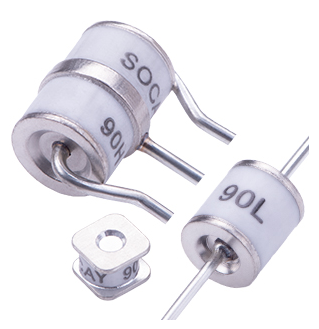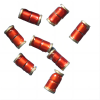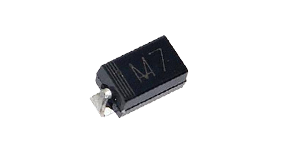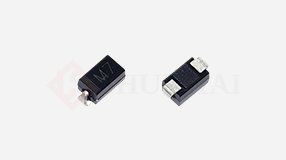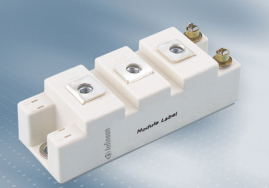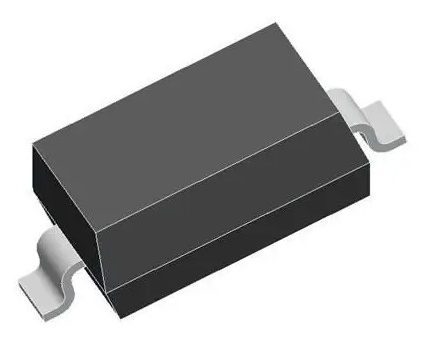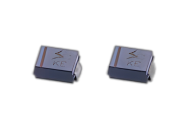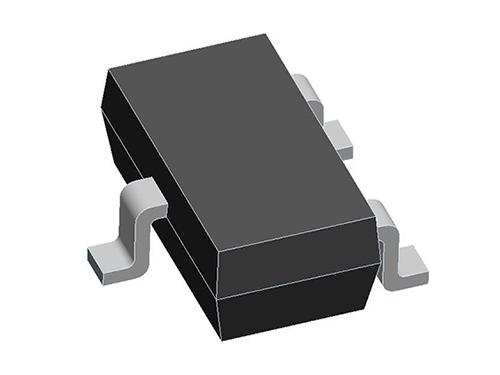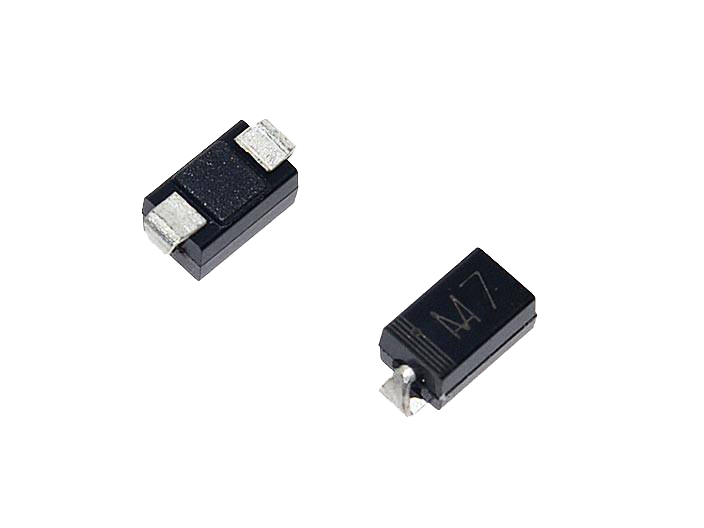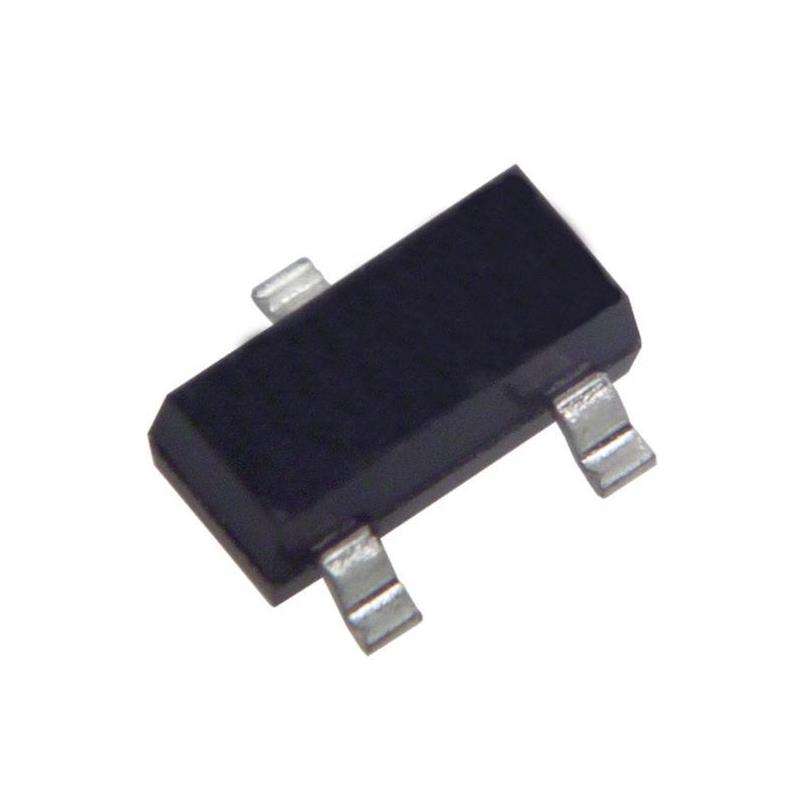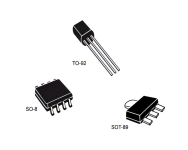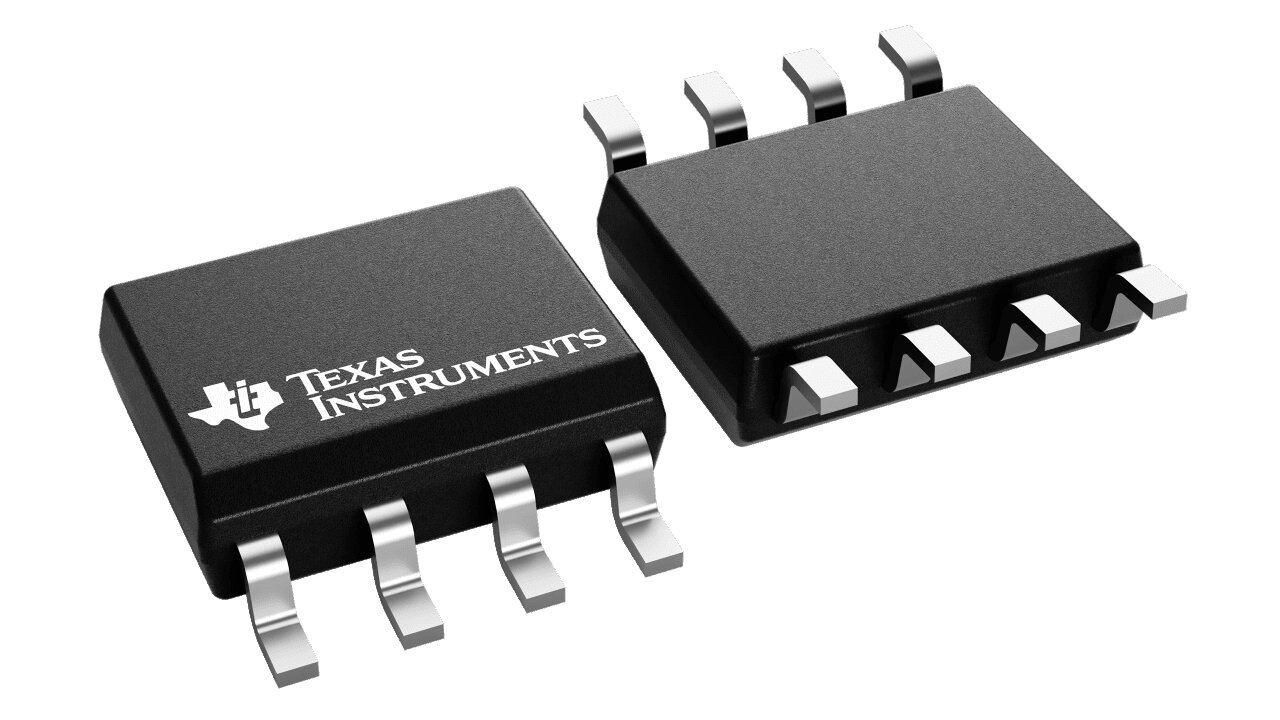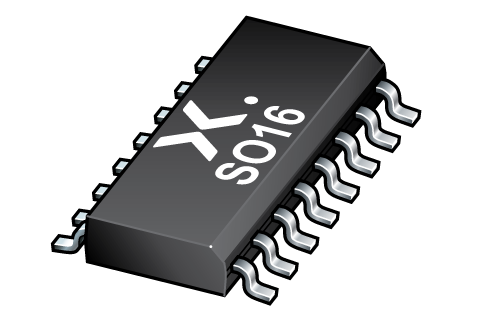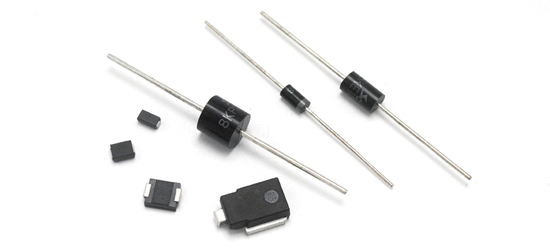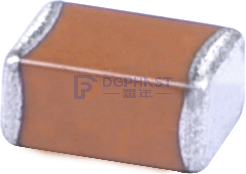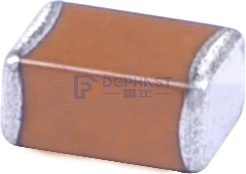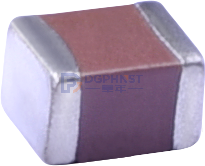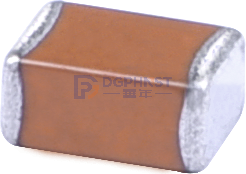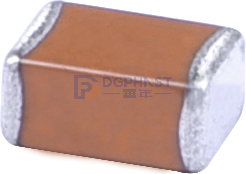Recently, it was reported that Samsung Electronics has announced its price increase plan to major customers including Dell Technologies and HPE, preparing to increase its main storage semiconductor, server DRAM, and enterprise grade NAND flash prices by 15% to 20% in the third quarter. Samsung has also increased its enterprise grade NAND flash prices by more than 20% in the second quarter.
This is already Samsung's third price adjustment this year. What is the reason for this price increase?
According to the global DRAM enterprise revenue data for the first quarter of 2024 compiled by Jibang Consulting, Samsung, SK Hynix, and Micron respectively hold 44%, 31%, and 22% of the global storage market share, ranking in the top three, with a total of almost 95% of the global market share.
DRAM is the product type with the largest shipment volume in the storage market. From the perspective of the entire storage category, the revenue gap between these three enterprises and other enterprises is also very significant. The storage market has distinct oligopoly characteristics. In such a situation, the actions of these three enterprises will directly bring shock to the entire storage market, and even transmit it to the entire electronic industry chain related to it.
Ranking of Global DRAM Factory Owned Brand Memory Revenue in Q1 2024 (in millions of US dollars)

Data source: Jibang Consulting, compiled by China Electronic News
01
Three storage original factories have reduced production and raised prices
For a long time, adjusting market prices by regulating production capacity has been a common practice among these three companies. And this approach has also been fully demonstrated in the recent fluctuations in storage product prices.
The chip shortage that began in the second half of 2020 has led to large quantities of stock from Samsung, SK Hynix, and Micron storage factories. As a result, after the global storage demand growth peaked, all three storage factories are facing extremely high inventory levels.
In this context, the prices of the world's three largest storage factory memory have been declining for eight consecutive quarters since the fourth quarter of 2021. According to data from Jibang Consulting, DRAM prices began to decline by 3% to 8% in the fourth quarter of 2021 and continued to decline until reaching the highest single quarter decline of 20% to 25% in the fourth quarter of 2022.

Data source: Jibang Consulting, compiled by China Electronic News
Affected by the decline in storage prices, Samsung, SK Hynix, and Micron's revenue has been hit hard. Samsung's revenue has been declining for five consecutive quarters since the second quarter of 2022, and by the second quarter of 2023, its revenue was equivalent to 71.74% of the first quarter of 2022; The revenue and profit have sharply decreased, from $11.724 billion in the first quarter of 2022 to $502 million in the first quarter of 2023, a year-on-year decrease of 95.72%.
Micron and Hynix also suffered a sharp cut in revenue within a year, and even suffered operating profit losses. Micron's revenue has been declining for three consecutive quarters since the third quarter of 2022, and by the second quarter of 2023, it had dropped to $3.693 billion. Its revenue and profit have also declined from $3 billion to $-2.3 billion. SK Hynix's revenue has declined from KRW 10.98 trillion (approximately USD 8.664 billion) in the third quarter of 2022 to KRW 5.09 trillion (approximately USD 3.994 billion) in the first quarter of 2023, and its revenue profit has also declined from KRW 4.19 trillion (approximately USD 3.402 billion) in the second quarter of 2022 to KRW -3.402 trillion (approximately USD -2.669 billion) in the first quarter of 2023.
In order to quickly digest inventory and get rid of losses, the three major storage manufacturers have all started to reduce production. Samsung Electronics stated that its capital expenditure in the fourth quarter of 2023 decreased by 25.53% year-on-year, to KRW 14.0 trillion (approximately USD 10.719 billion); SK Hynix stated that its capital expenditure in 2023 decreased by 50% year-on-year, to 9.5 trillion Korean won (approximately 7.273 billion US dollars); Micron announced its first production reduction in November 2022 and gradually expanded the reduction. China Electronics Daily reporters have tracked and found that the production reduction measures of the above-mentioned enterprises have continued throughout 2023.
The effects of reduced production are intuitively reflected in the company's inventory, storage prices, and revenue. Sanjay Mehrotra, CEO of Micron, stated in his 2023 financial report that customer inventory has gradually returned to normal levels.
At the end of 2023, there were reports that the three major storage factories would increase their contracted prices for the first quarter of 2024. A reporter from China Electronics News interviewed a domestic agent and learned that at that time, the market demand was not strong enough to support price growth. The price increase at that time was mostly caused by three storage factories actively adjusting prices.
02
The price increase this time comes from the surge in demand for HBM
Recently, in addition to Samsung, two other storage giants have also frequently reported price increases. SK Hynix announced in May that it will raise prices for its LPDDR5, LPDDR4, NAND, DDR5 and other products, all of which will increase by 15% to 20%. According to sources, the price of Hynix DRAM products has been increasing month by month since the fourth quarter of last year, and has now accumulated an increase of about 60% to 100%. The increase will slow down in the second half of the year.
According to an interview with China Electronics Daily, the reason why storage giants such as Samsung raised their product prices this time is different from the reason for the price increase of storage products at the end of last year. The price increase of storage products reported at the end of last year was partly due to the active reduction and price control of storage chip manufacturers, and market demand has not yet reached the level that drives the overall price increase of memory. And this round of price increase is largely driven by market demand.
Gartner Vice President Sheng Linghai said in an interview with China Electronics News that the recent increase in storage prices is largely due to the surge in demand for HBM and supply shortages. Semiconductor veteran Li Guoqiang also expressed a similar view to reporters: "Samsung's price increase at the end of last year was partly due to the proactive reduction of production by previous companies, while storage companies raised product prices because AI's demand for hardware is reflected in HBM products."
Regarding the demand growth brought by AI to the storage niche market, Shenglinghai has provided further interpretation. He believes that in terms of NAND Flash, large models have high requirements for fast reading, which has driven the demand for SSDs. In addition, HBM is facing a market situation of supply shortage, and manufacturers may shift some of DRAM's production capacity to HBM. However, the current capacity improvement space of HBM is mainly limited by the technological bottleneck of advanced packaging, so the problem of capacity shortage may not be effectively solved in the short term.
In addition to the growth in demand for HBM, the demand for mass storage devices such as mobile phones and new energy vehicles also plays a certain role. Li Guoqiang stated that on the one hand, the shipment volume of mobile phones has increased, and the demand for mobile DRAM and NAND Flash capacity is also increasing; On the other hand, new energy vehicles and autonomous driving functions have also increased the demand for DRAM.
The reporter learned in the interview that in the current trend of market recovery, storage manufacturers have gradually begun to restore production capacity. The current capacity utilization rate of the storage factory is nearly 90%, an increase of over 10% compared to last year, but it has not yet reached its maximum value.

